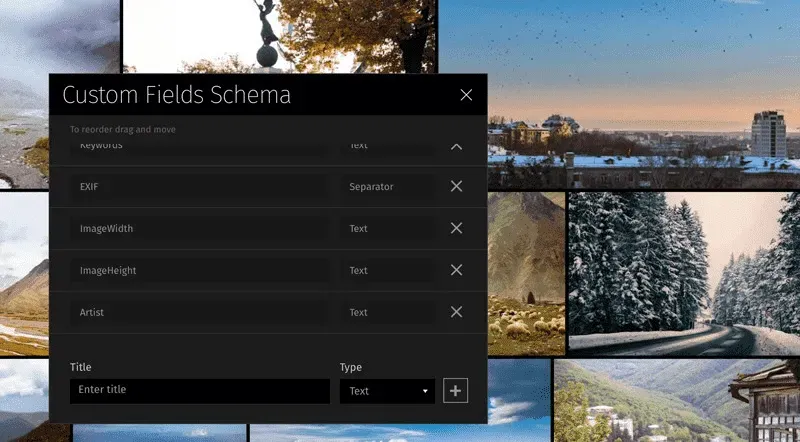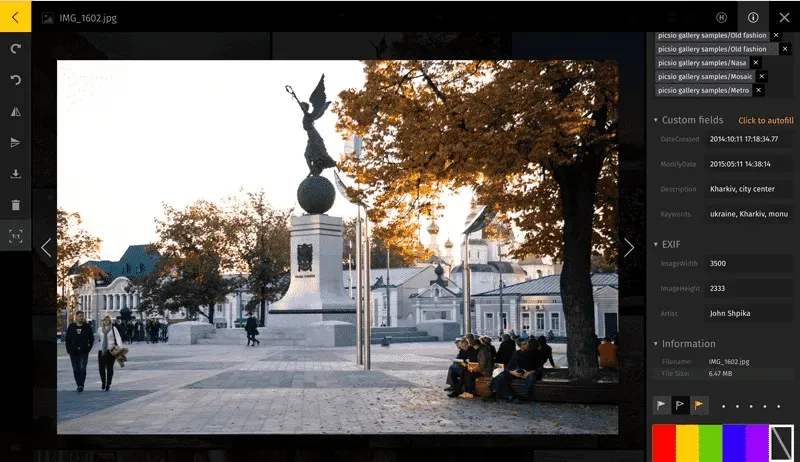In this article, you’ll learn:
Yesterday we released new version of our flagship product Pics.io. Now it can read EXIF metadata from your image files.
About EXIF and IPTC
For those who don’t know — EXIF is a metadata set stored right in your image file. It may, but don’t have, include copyright, authorship, description, keywords, technical information like aperture, etc. We may say that EXIF may include any information you want or your software/hardware can put in the image. As well, there’s an IPTC part that might be embedded in EXIF. This is a broadly used set of tags to store information about content. You may check this page to know more about that.
How to enable Pics.io to read metadata from files
Our metadata reader can parse all the EXIF/IPTC information from your images. Here are your steps to achieve this.
1) Define the list of metadata fields you want in the system.
Let’s say that you need to get information about image dimensions and author. You will need to know in which fields this information is. So here comes the second step.
2) Find corresponding EXIF tags using that table.
From the information under this link I can easily find that image width is stored in ImageWidth tag, image height is in ImageHeight tag and Author corresponds to the tag Artist. That’s easy, as you can see you may find tons of information about your images in EXIF.
3) Add EXIF/IPTC tags to your custom fields schema.
To do that go to ‘Custom fields’ section under pics.io settings. And just add all the tags right there:

I’ve put a separator ‘EXIF’ on top of the fields to split this information from the rest of my custom fields.
Now you may go to any of your image, open info panel, find custom fields section and press ‘Click to autofill’ near ‘Custom fields’ section. In a second pics.io will parse the information, make it searcheable and will show it to you:

So, with this feature you may get necessary information from your photos that is contained in EXIF/IPTC headers. This information is populated over the system and you can search using that.
By the way, don't forget to explore our metadata playbook to know how to management metadata better.



